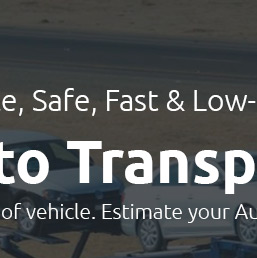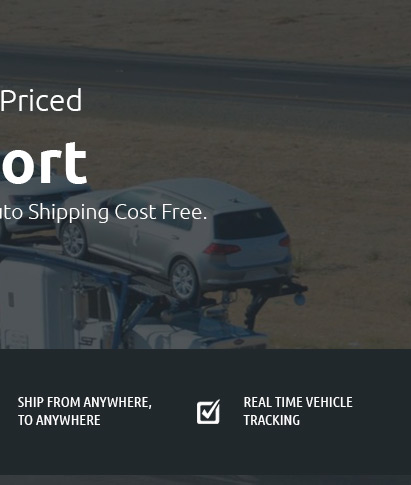 |
|
||||
 |
 |
 |
 |
||
 |
 |
|||||
 |
 |
 |
 |
 |
 |
 |
||
 |
 |
 |
 |
 |
 |
 |
 |
 |
 |
 |
|
 |
Understanding Car Delivery Costs: Frequently Asked QuestionsWhen considering the purchase of a new vehicle, or perhaps relocating your beloved car across the country, understanding the intricacies of car delivery costs is crucial. Many factors contribute to these costs, and grasping them can help you make informed decisions that won't break the bank. First and foremost, the distance between the pickup and drop-off points plays a significant role. Naturally, longer distances will incur higher fees due to fuel consumption and the time required for transit. However, it’s worth noting that economies of scale often apply; the cost per mile might decrease as the distance increases. This means a cross-country shipment might be more economical per mile than a shorter trip. Vehicle size and weight are additional considerations. Larger and heavier vehicles require more resources to transport, including larger carriers or more fuel, which can increase costs. For instance, shipping a compact sedan is typically less expensive than transporting a hefty SUV or a truck.
While these are the primary factors, it’s essential to consider potential hidden fees. Some companies might charge extra for services like door-to-door delivery, insurance, or special handling requirements. Always ensure you understand the full scope of what you are paying for by reading the fine print or asking for a detailed breakdown of costs. In conclusion, while car delivery costs can vary widely based on several factors, being informed and strategic can help you navigate these expenses effectively. Whether prioritizing cost, speed, or safety, there’s a shipping option tailored to meet your needs. Ultimately, the key lies in balancing your budget with your specific requirements, ensuring you achieve the best possible outcome for your car transportation. https://www.quora.com/How-much-does-car-shipping-cost-in-the-US
The cost of car shipping depends on factors like distance, vehicle size, transport type (open vs. enclosed), and time of year. On average, it ... https://easycarshipping.com/how-much-does-it-cost-to-ship-a-car
Car transport costs ~$1.40 per mile for 1-500 miles. So, a 350 mile trip would cost $490. The longer the distance, the lower the price. https://www.americanautoshipping.com/how-much-does-it-cost-to-ship-a-car/
The average cost for auto shipping within the continental U.S. is around $1,000, with the lowest flirting near $700-$750 and the highest average price being in ...
|
